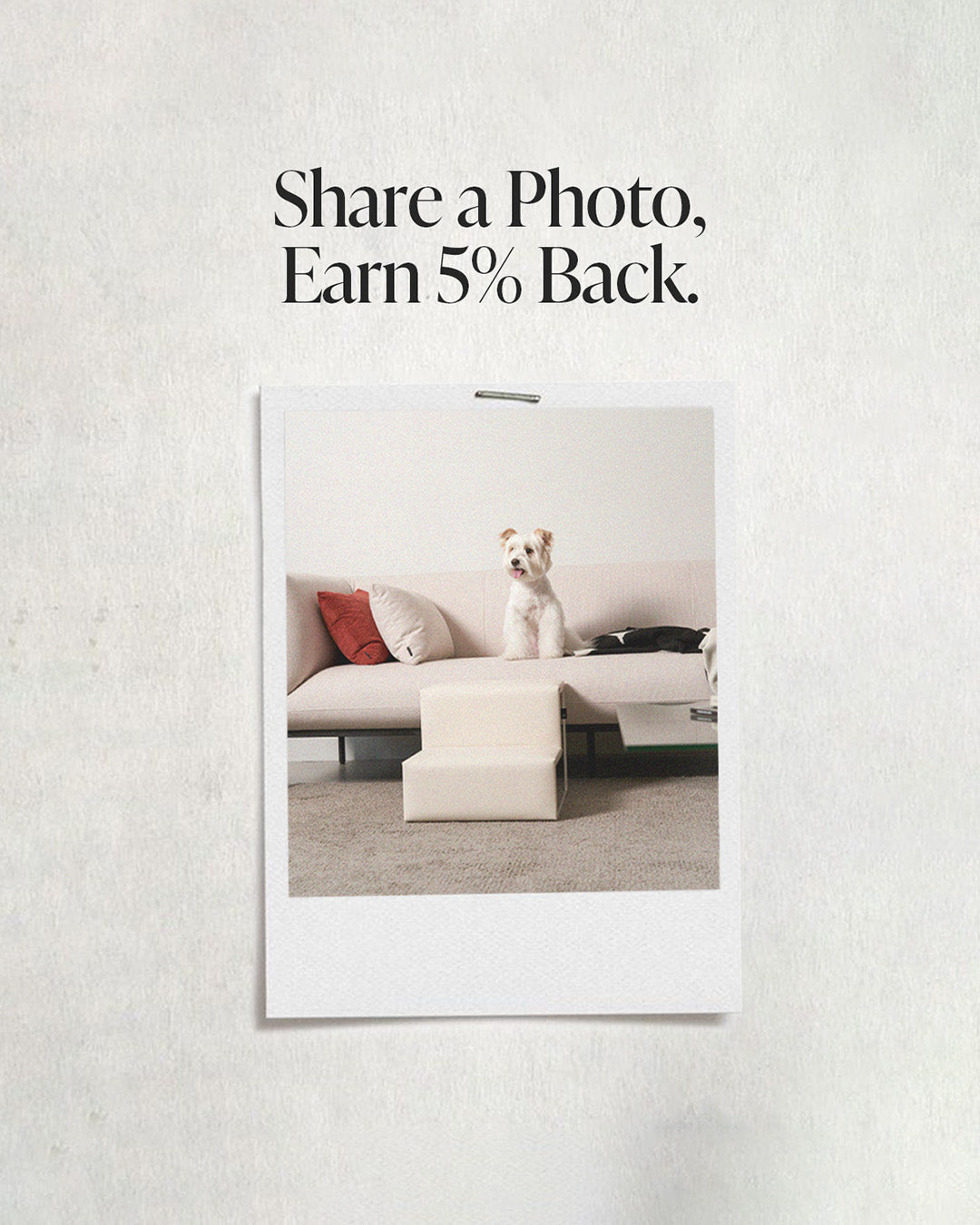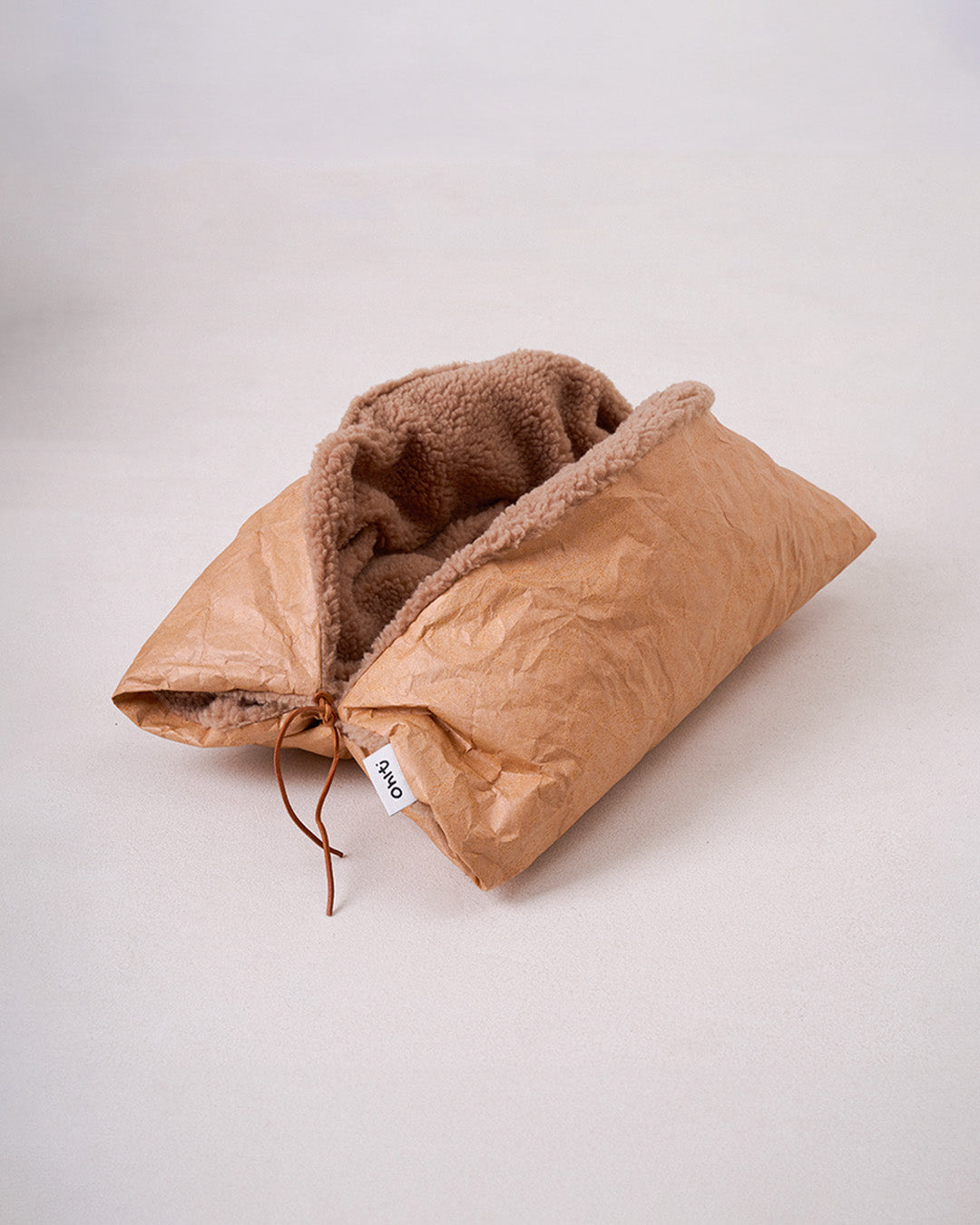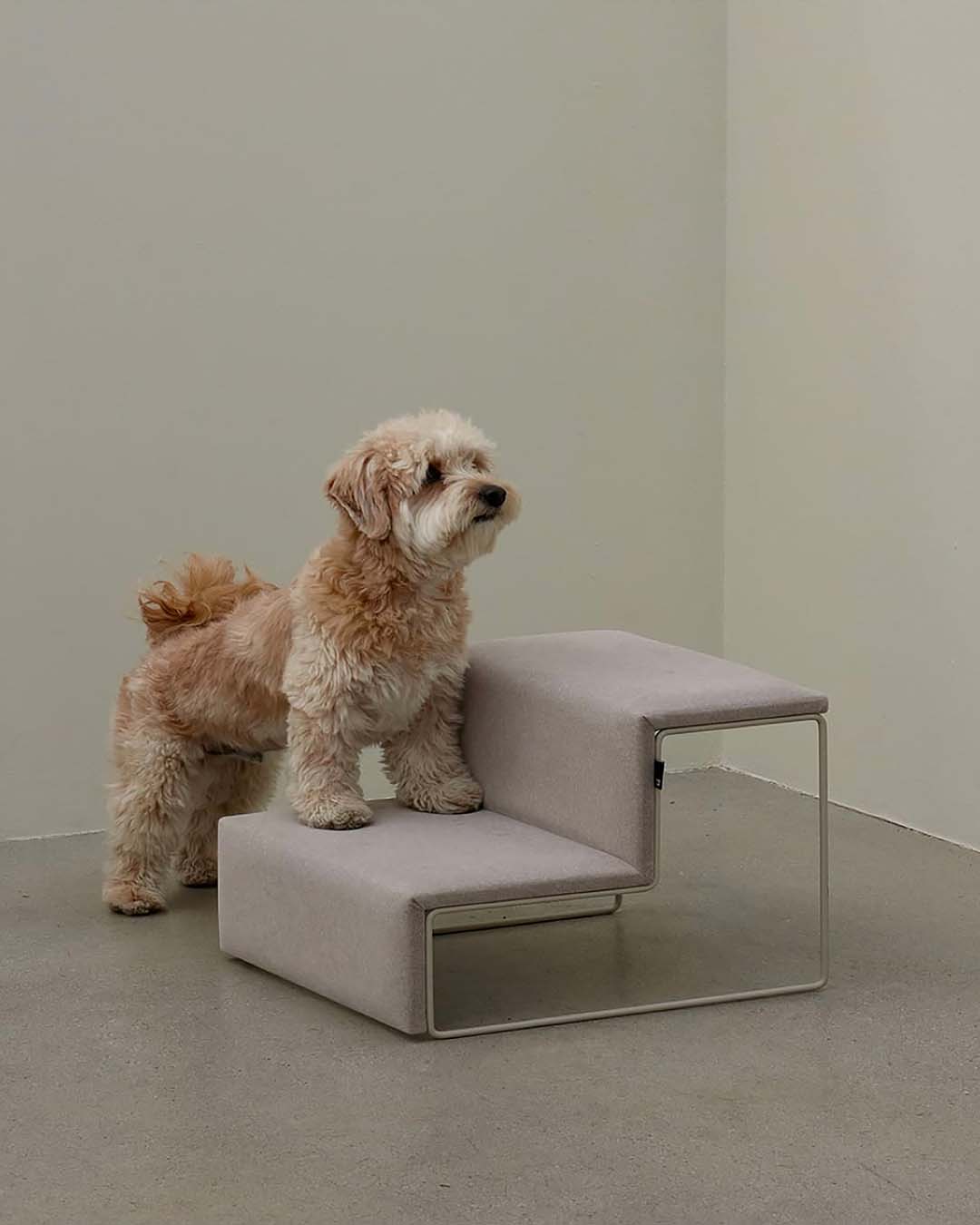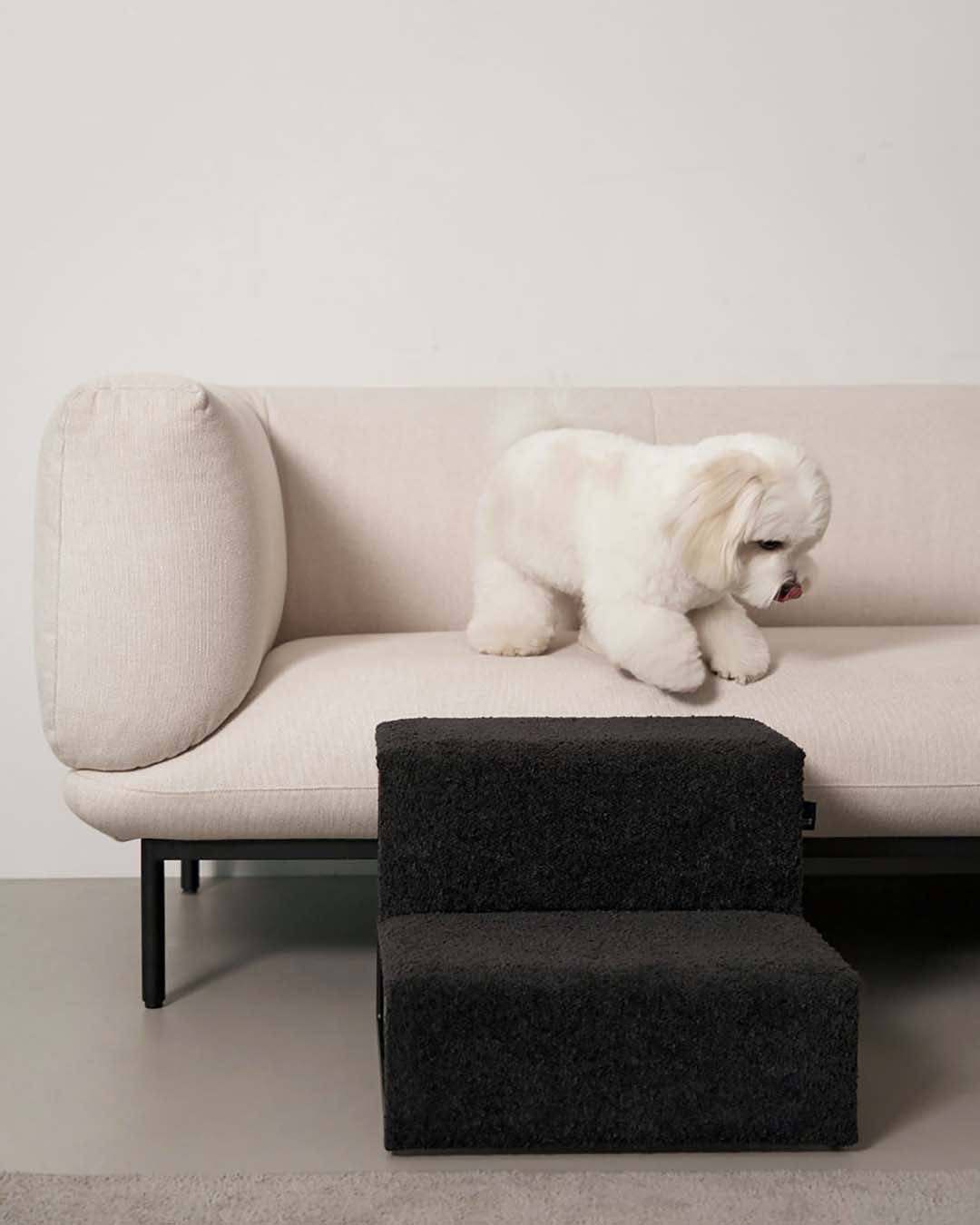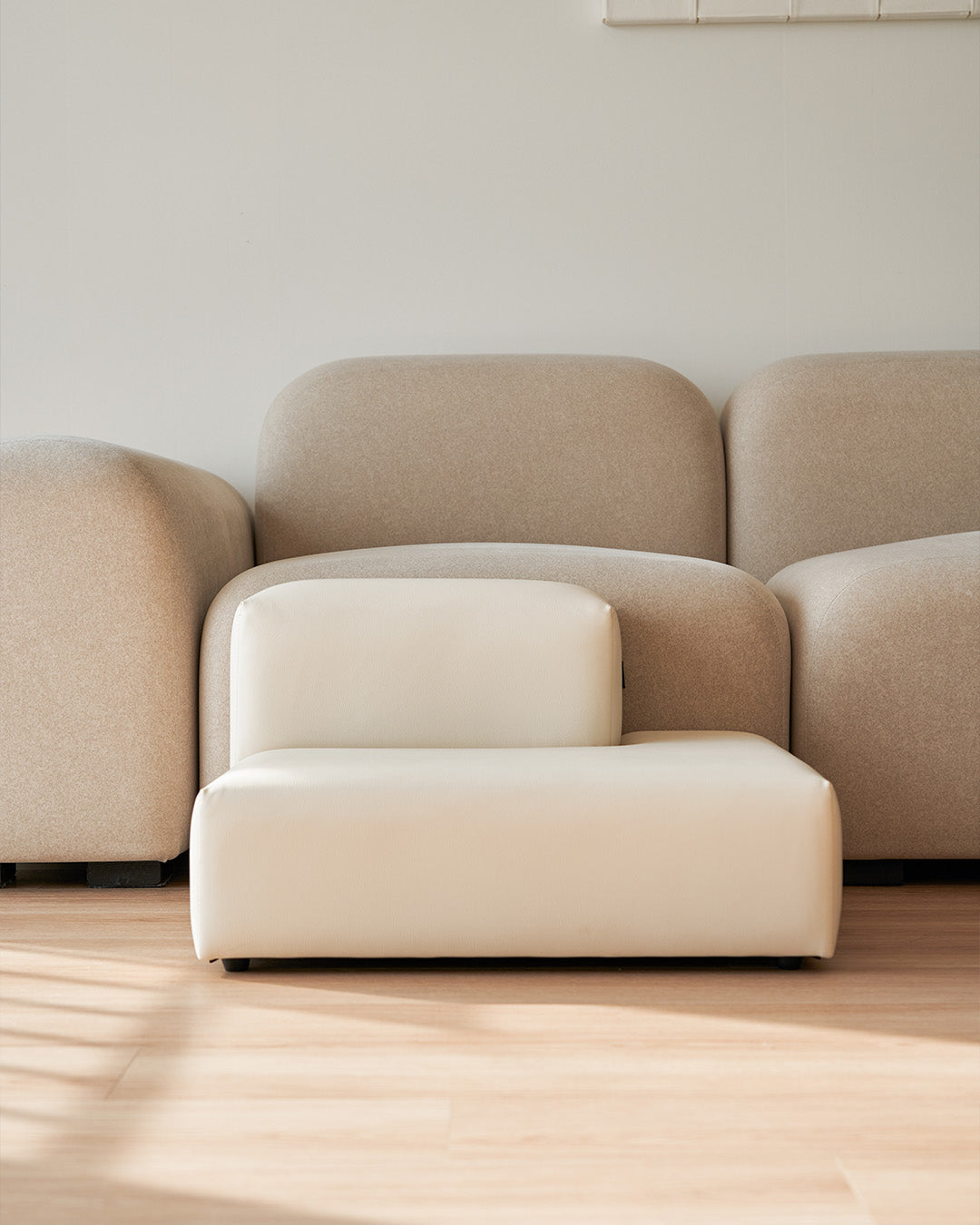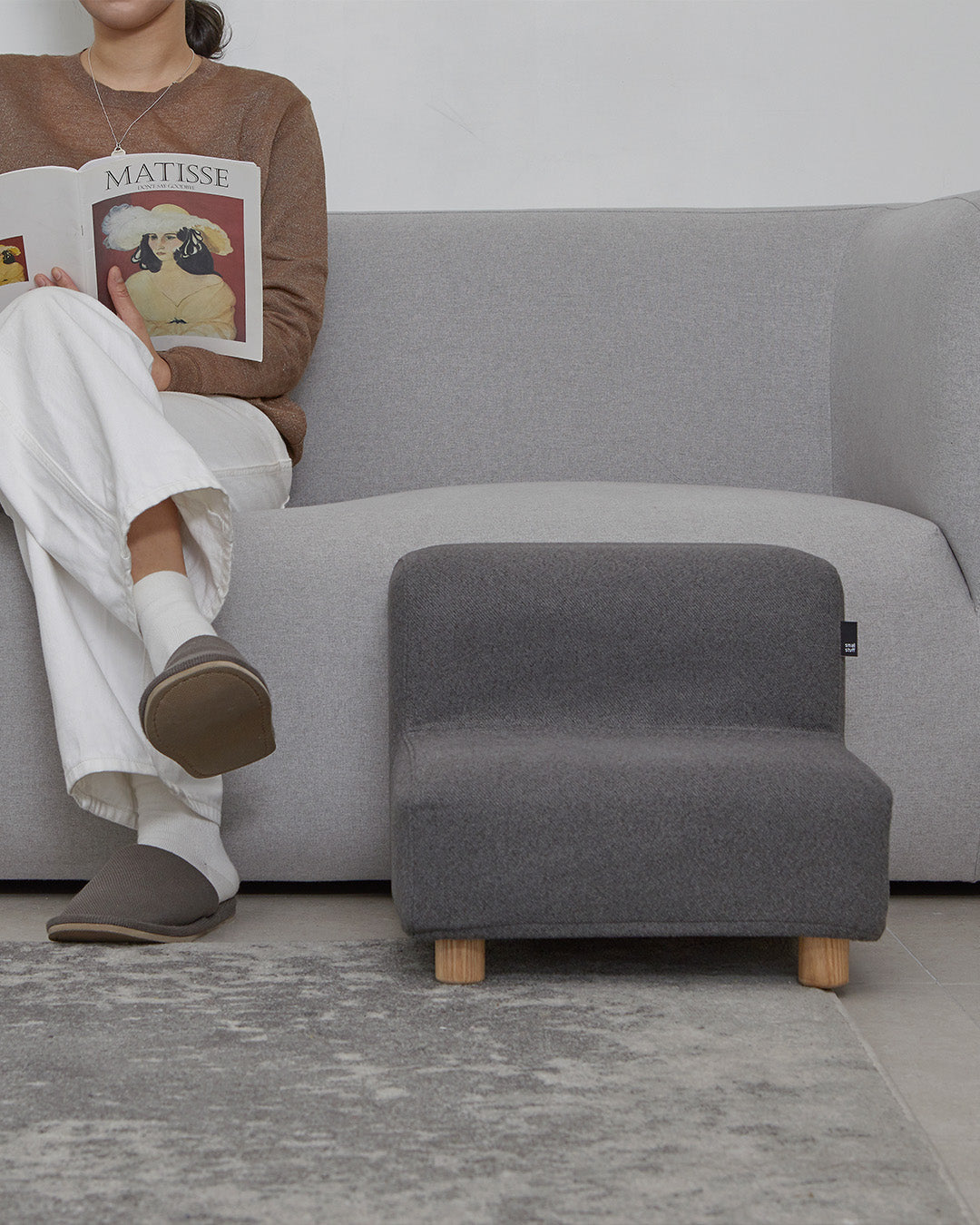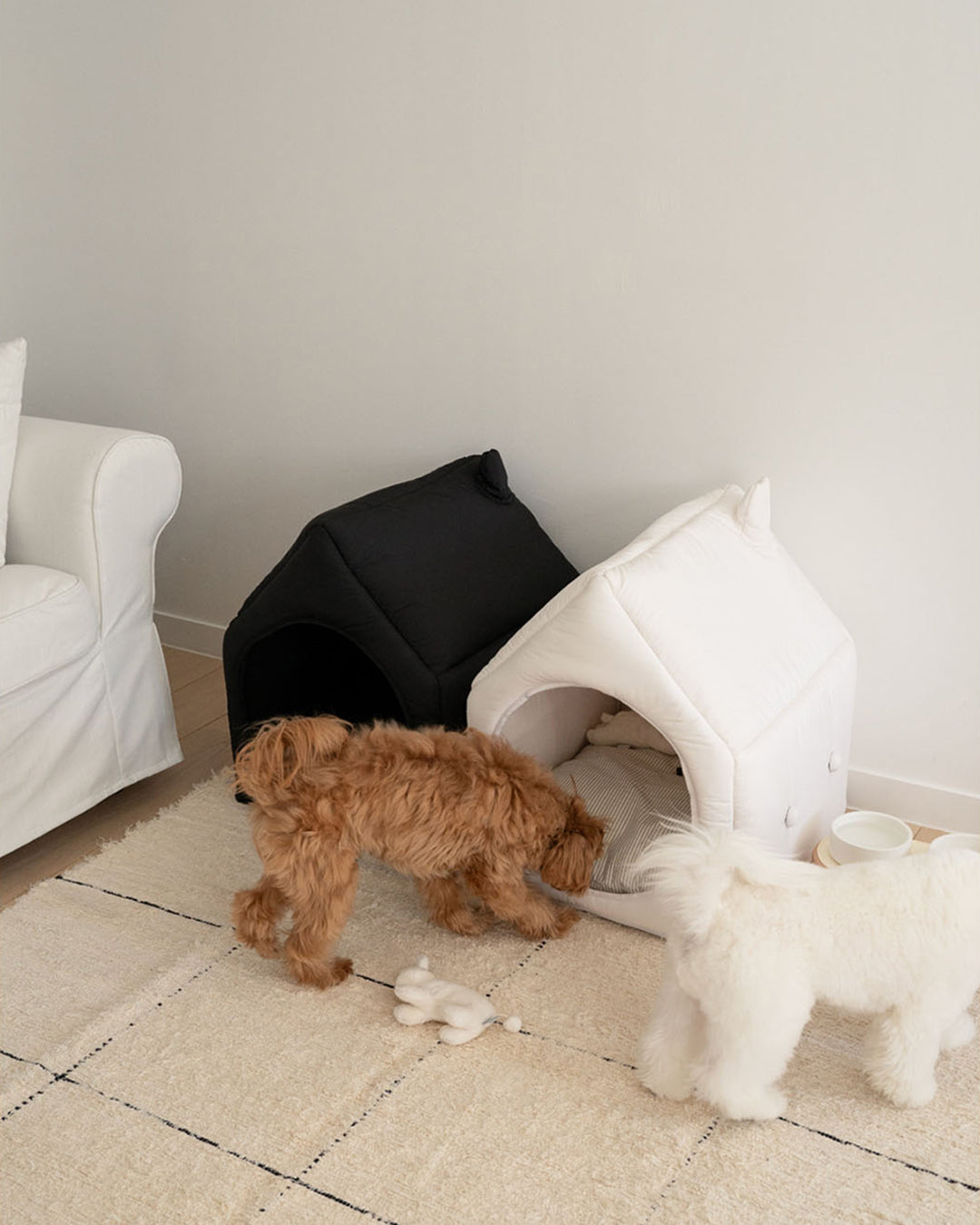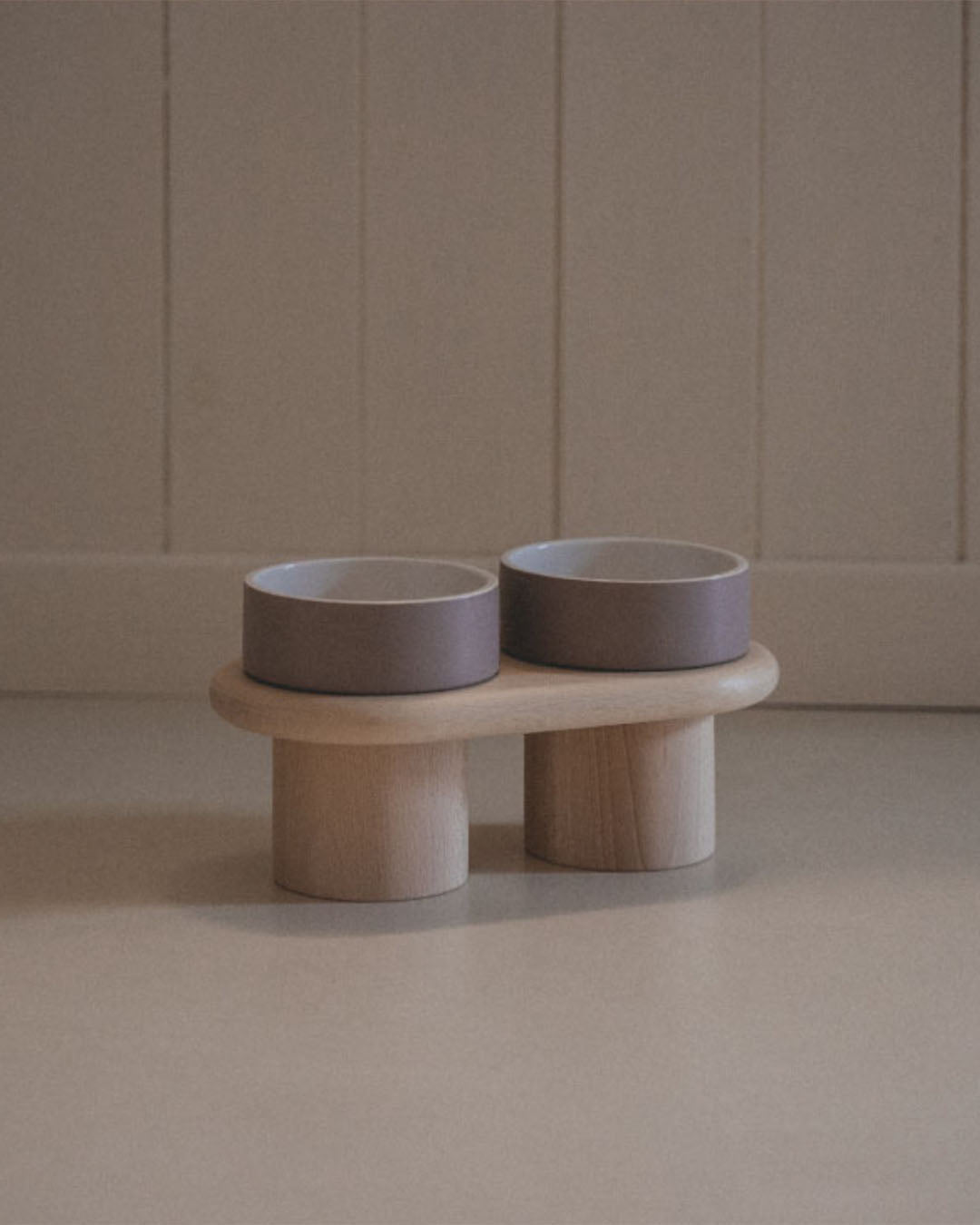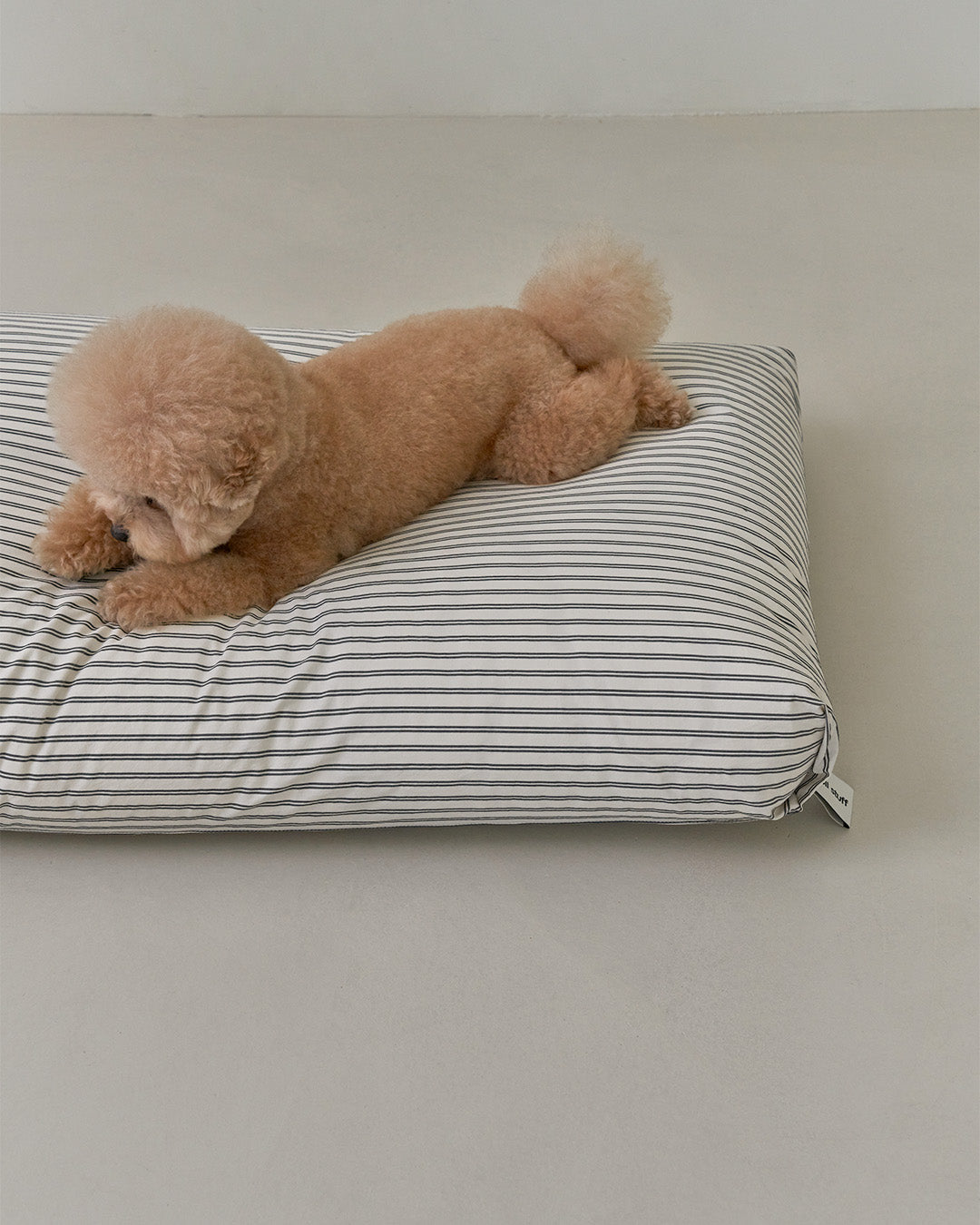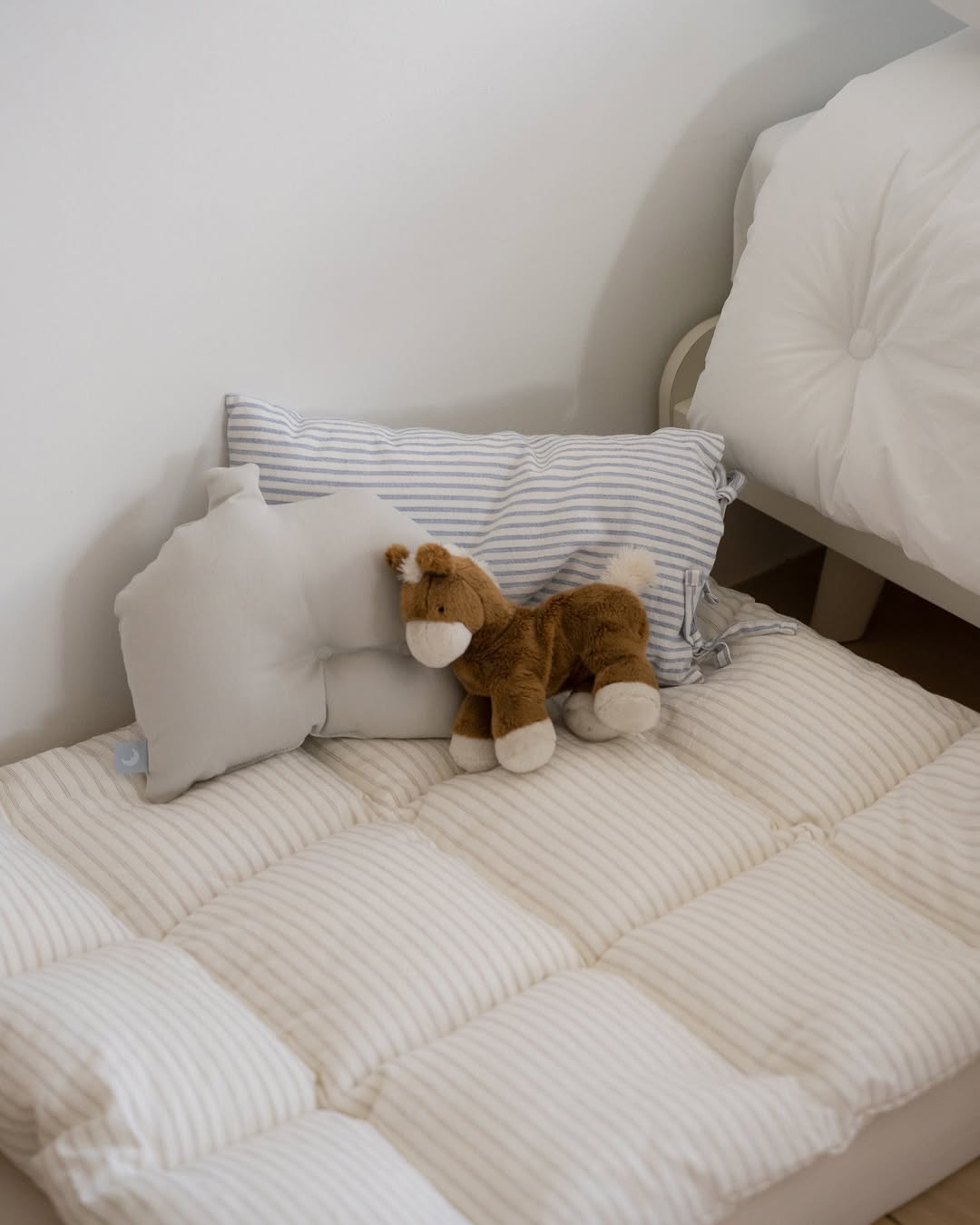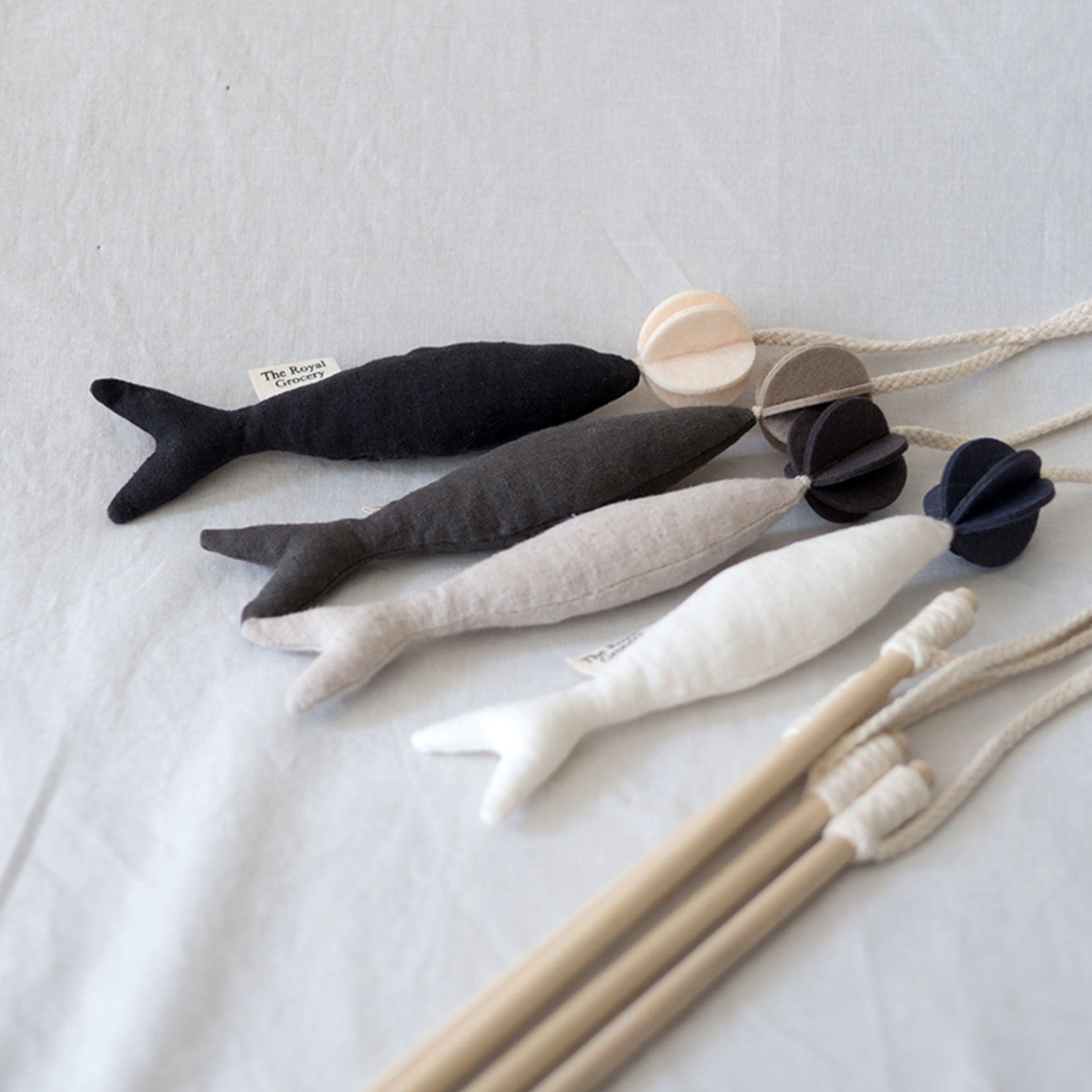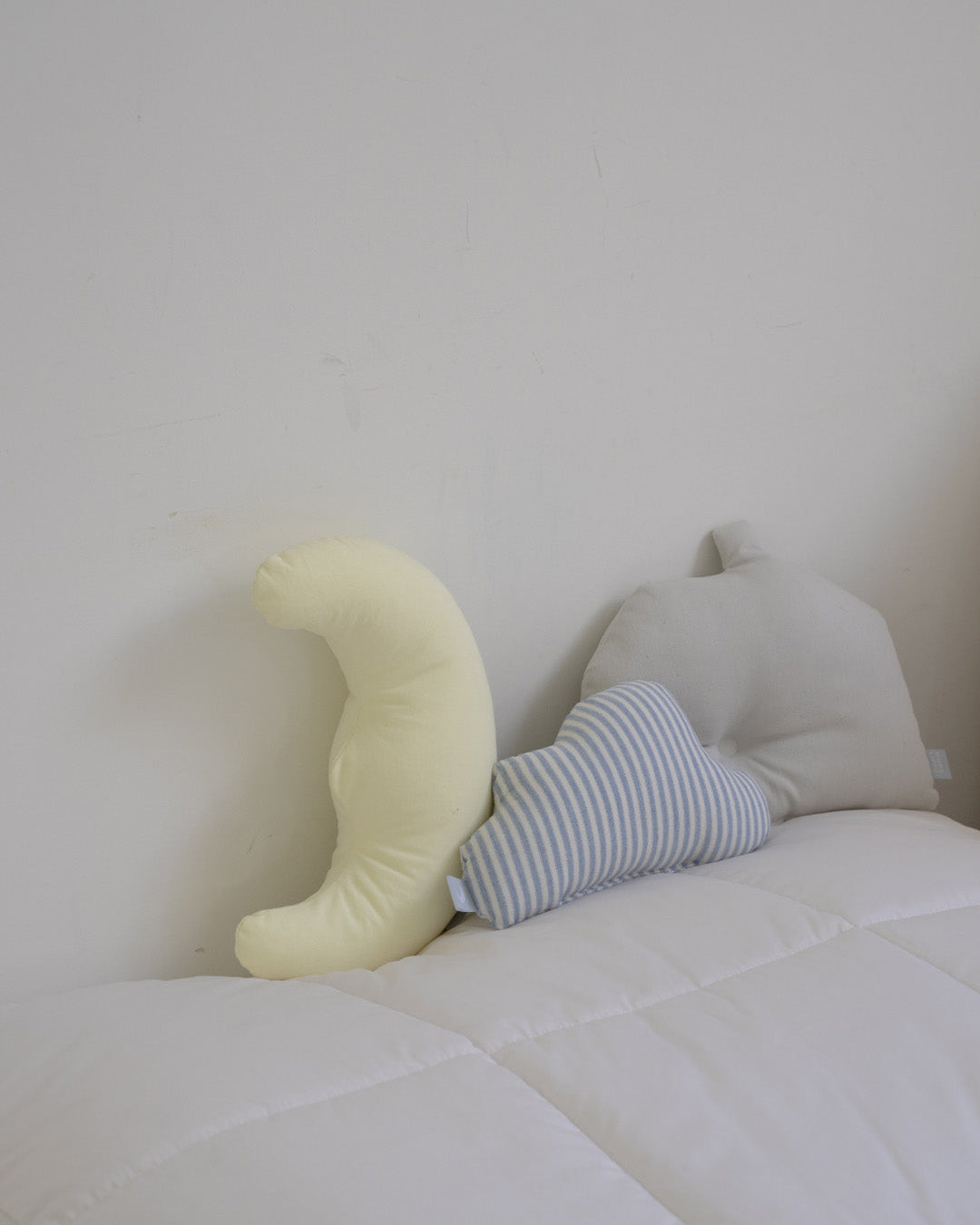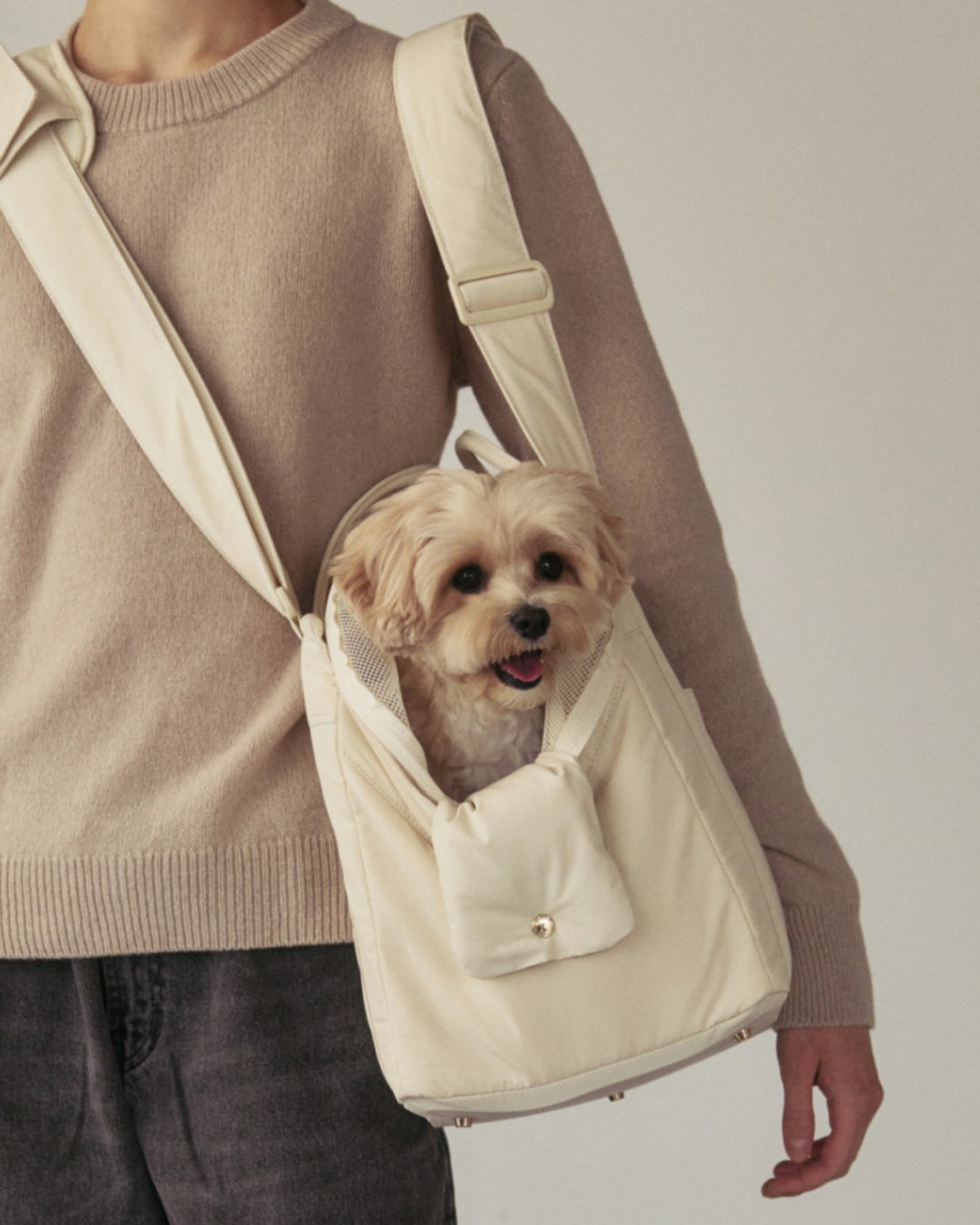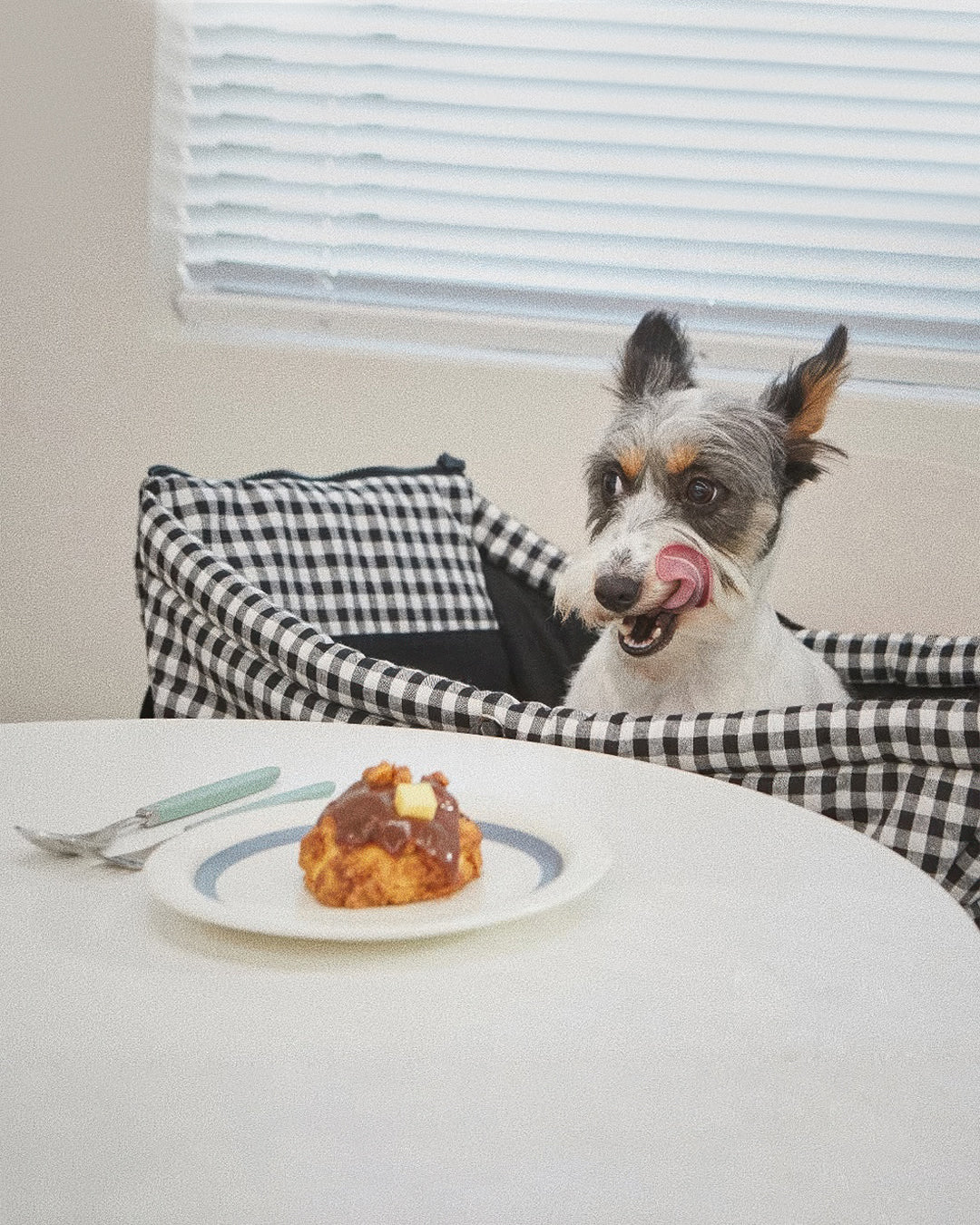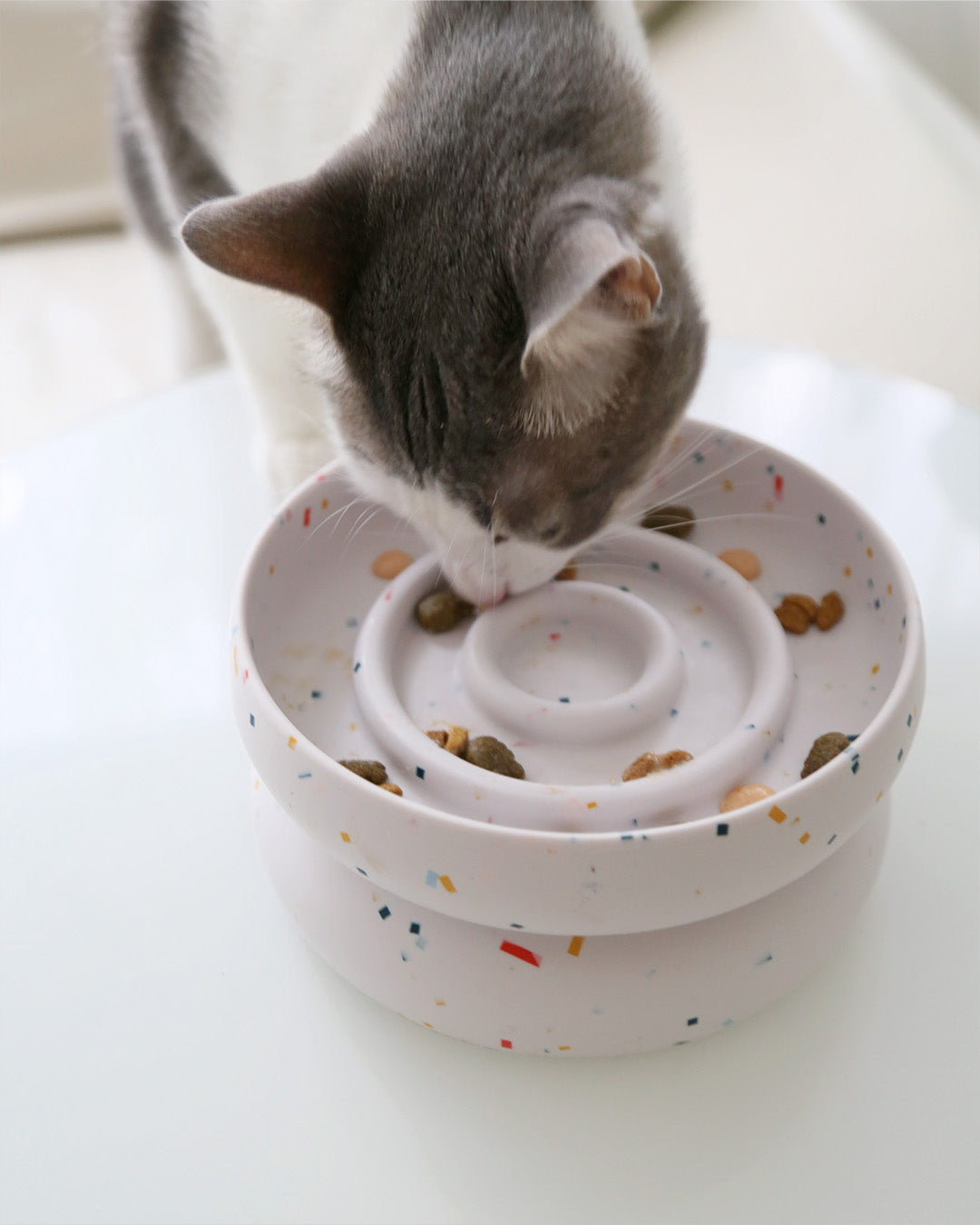As a cat owner, you might have dealt with it all: a cat who eats too quickly, seems to get an upset stomach, or occasionally throws up their food. We often assume these issues are related to the food itself, but what if the secret to healthier digestion isn't what's in the bowl, but the bowl itself?
Many cats eat from low, flat bowls on the floor. While this seems harmless, their body position can make it difficult for food to travel down their esophagus. The solution might be as simple as changing the way your cat eats.

Why a Better Bowl Matters
A cat's digestive system is designed to work best when their head is elevated. When they eat from a bowl on the floor, they have to crouch, causing their neck to bend and their esophagus to compress. This posture can lead to a host of problems, including:
- Vomiting and Regurgitation: Bending the neck while eating can make swallowing difficult and cause food to come back up, especially for cats who eat too fast.
- Neck Strain: For older cats or those with arthritis, bending down to eat can be painful, leading to discomfort and a reluctance to eat.
- Bloating and Gas: Eating in an awkward position can cause your cat to swallow air, leading to gas and bloating.
An elevated or tilted bowl can solve these issues by providing a natural, comfortable eating position that allows gravity to do its work.

Key Features of a Digestive-Friendly Bowl
When choosing a new bowl for your cat, look for these three essential features to support their health.
- The Right Height: The bowl should be high enough so your cat doesn't have to bend their neck to eat. This allows their esophagus to remain straight, letting food pass through smoothly.
- A Tilted Design: A slight angle helps guide the food toward the bottom of the bowl, making it easier for your cat to eat without pushing food around. This also helps prevent "whisker fatigue," which can be an issue with deeper, narrower bowls.
- Safe, Quality Materials: Choose a bowl made from non-porous and non-toxic materials like ceramic or stainless steel. These materials are hygienic and easy to clean, preventing the buildup of bacteria that can cause feline chin acne or other health issues.

How to Find the Right Height for Your Cat's Bowl
Finding the perfect height for your cat's food bowl is easy. Just follow these simple steps to observe your cat's eating posture and find the height that's most comfortable for them.
- Start with an object: Stack books or an empty box to create a temporary base.
- Place the bowl: Put your cat's bowl on top of the stacked object and fill it with food.
- Observe: Watch your cat as they eat. Look for a posture where their neck is straight and they don't have to strain or bend their head too much.
- Adjust: If your cat seems uncomfortable, try adding or removing a book to adjust the height.
- Finalize: Once you've found a height where your cat eats comfortably, you can look for a permanent elevated bowl that is close to that height.
Making a simple change to an elevated dining bowl can make a significant difference in your cat’s digestive comfort and overall well-being. By giving your cat a bowl designed to work with their body, you can make mealtime a healthier and more enjoyable experience for everyone.
Read more

Taking your small dog on every adventure—whether it’s a quick coffee run or a long trip—is one of the joys of pet ownership. But to make these outings stress-free and enjoyable, a reliable carrier...
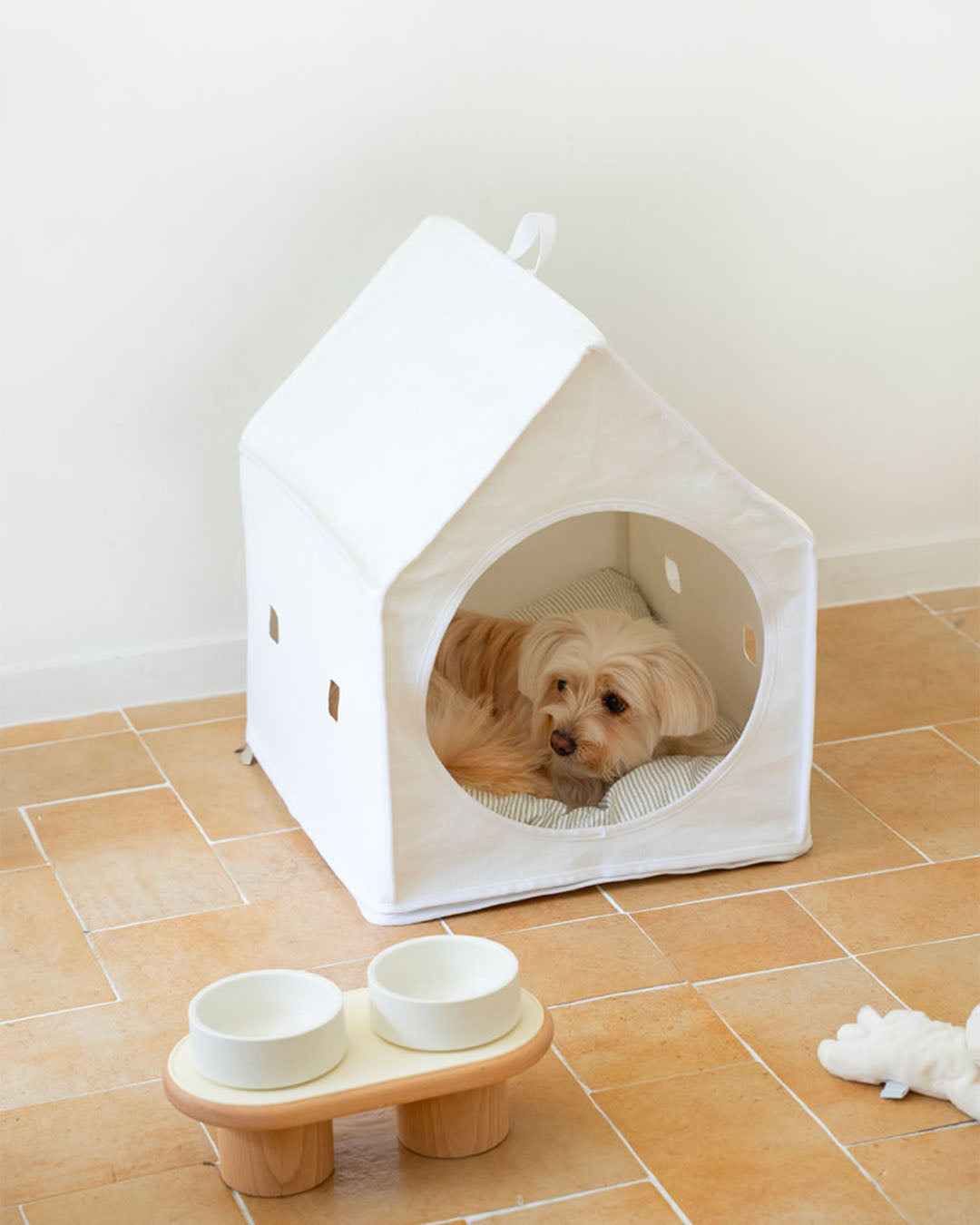
You come home after a long day, ready to relax, but your dog is still bouncing off the walls. You've been to the park, played fetch for an hour, but their energy seems endless. An energetic dog's e...
